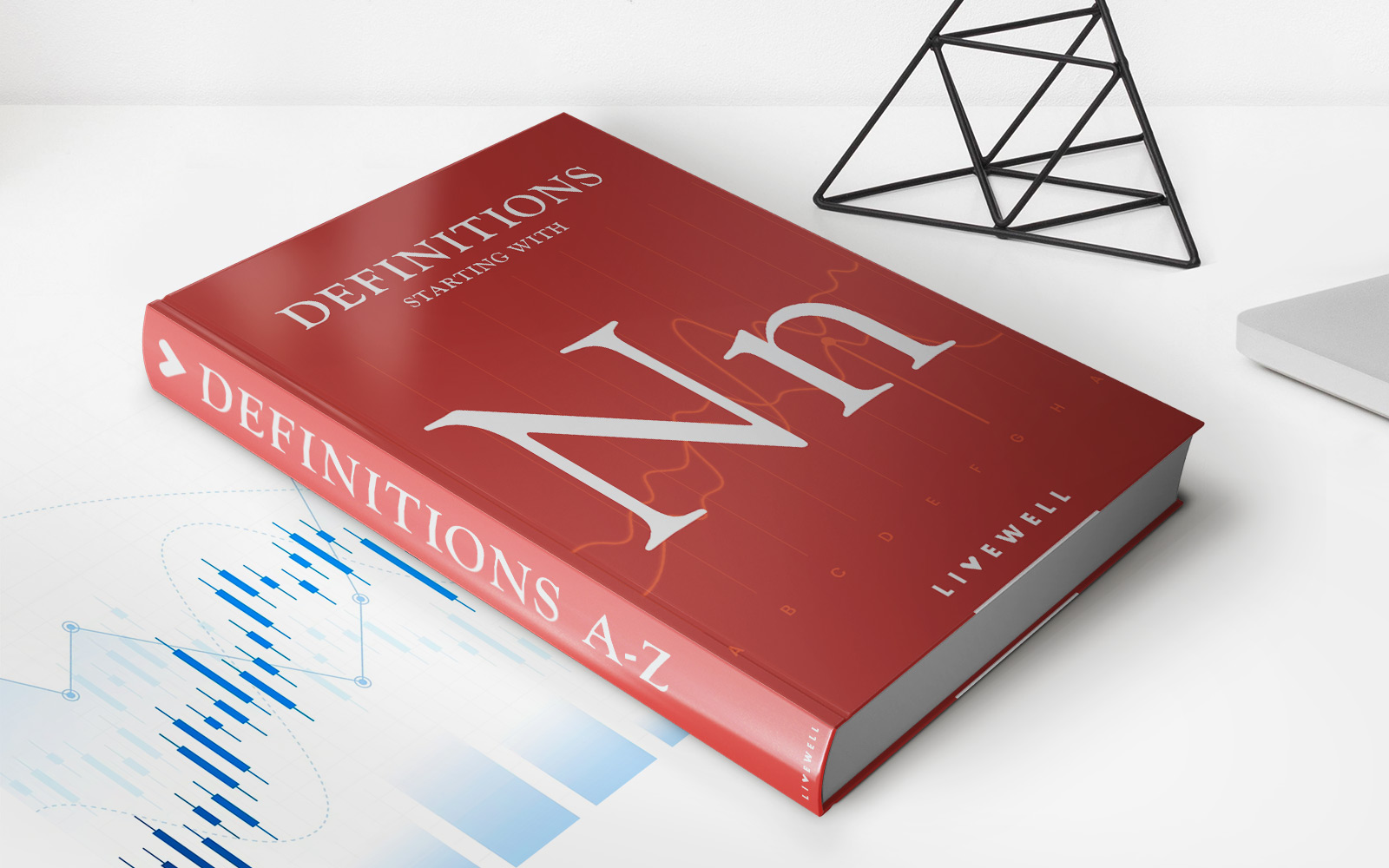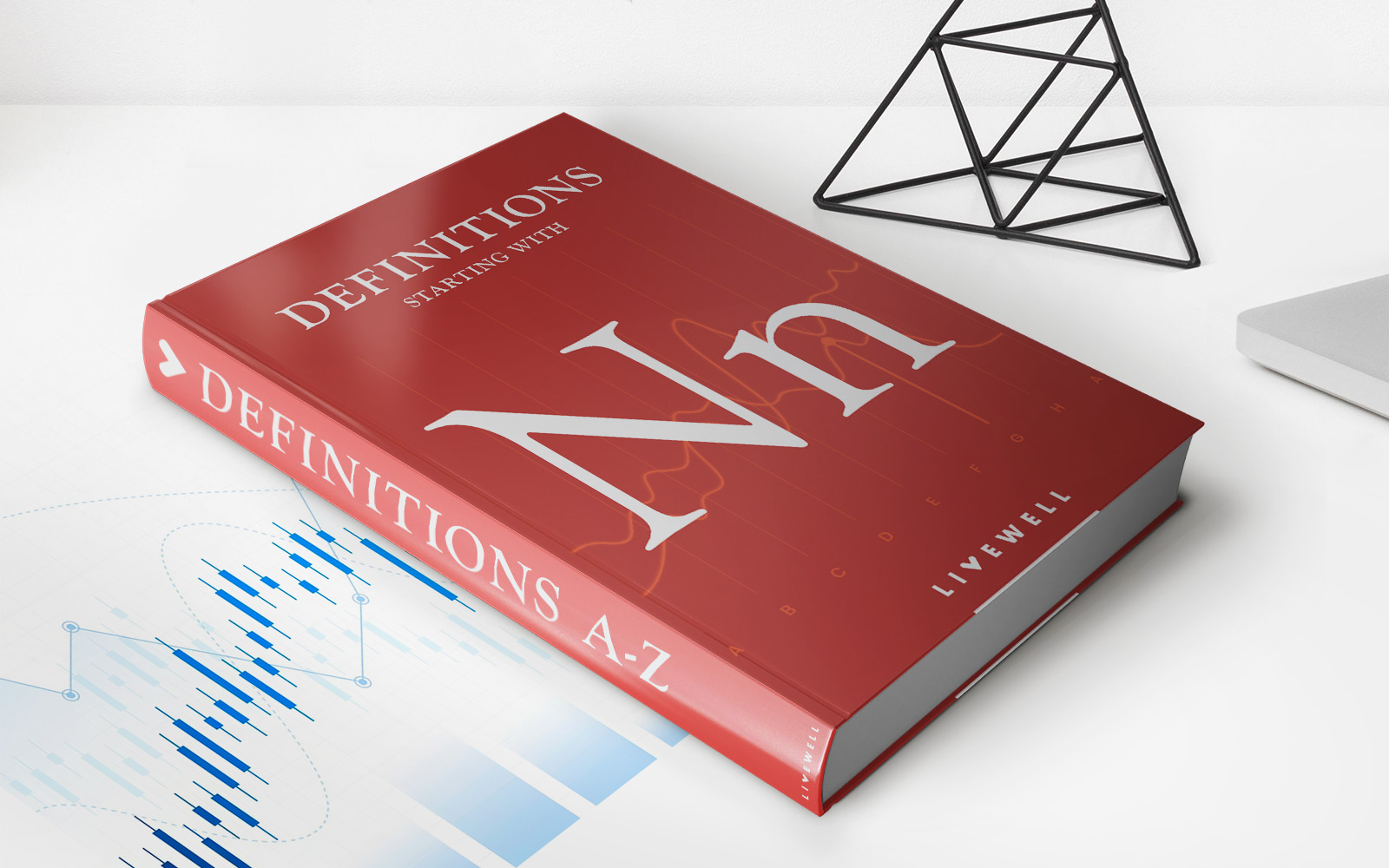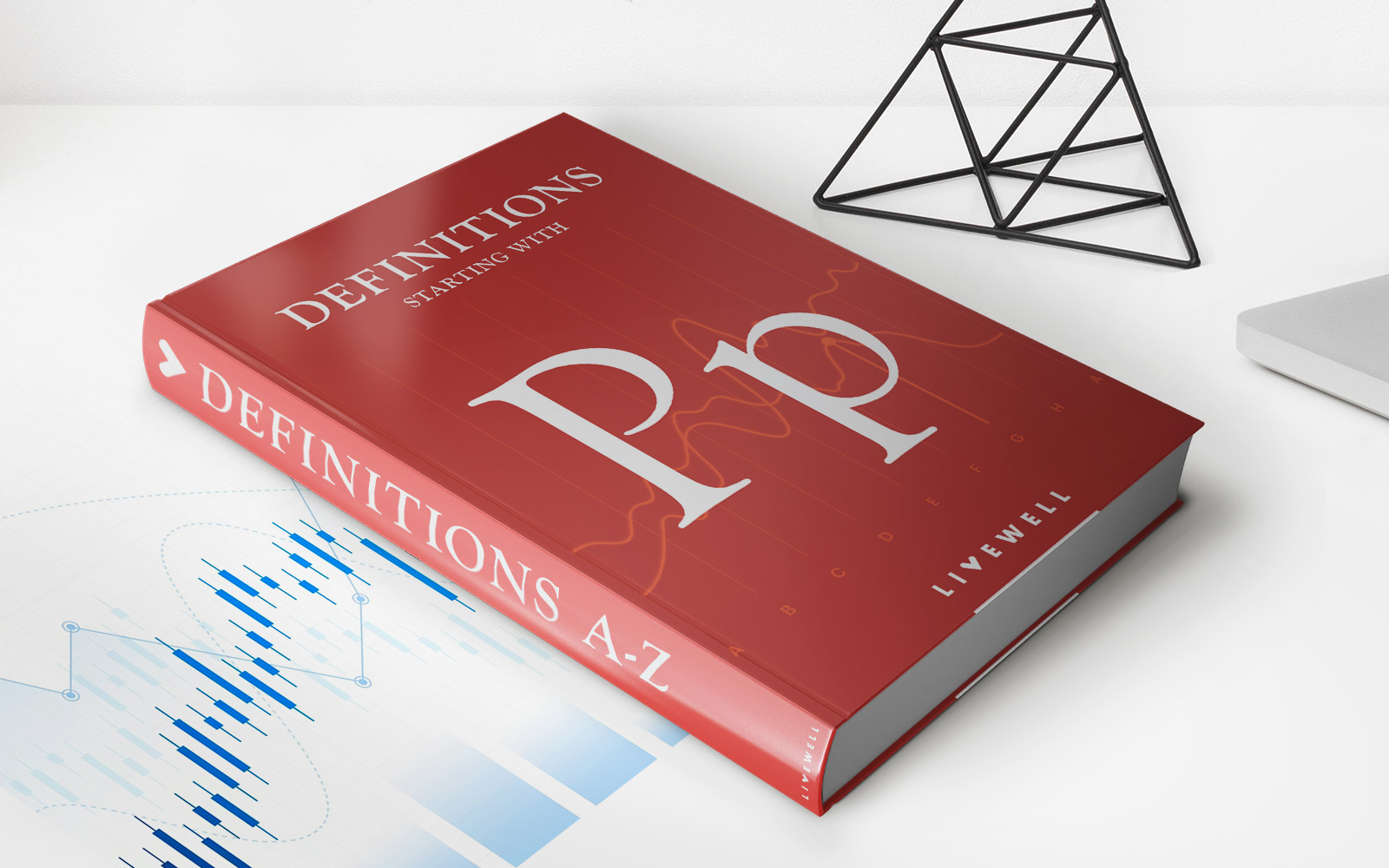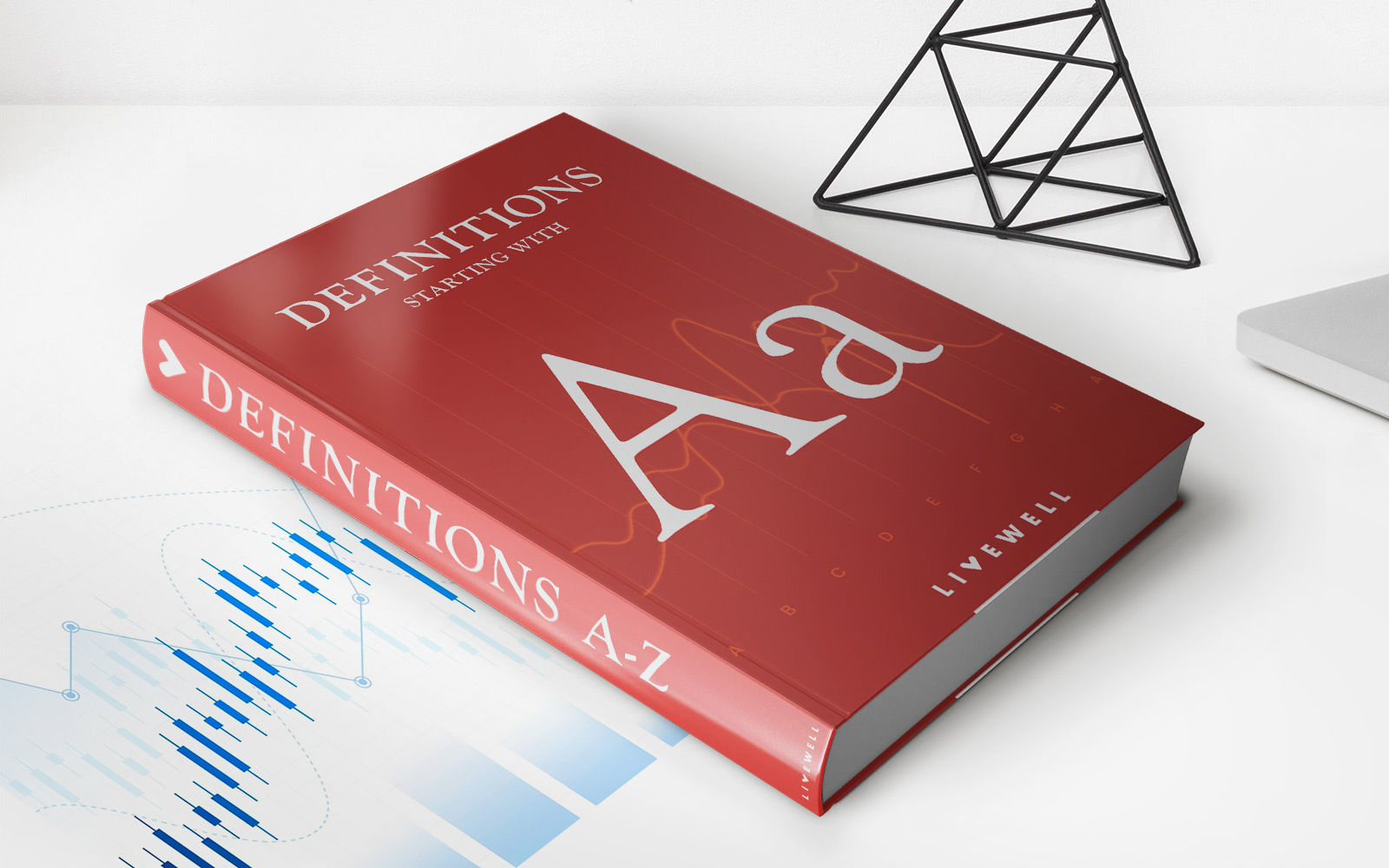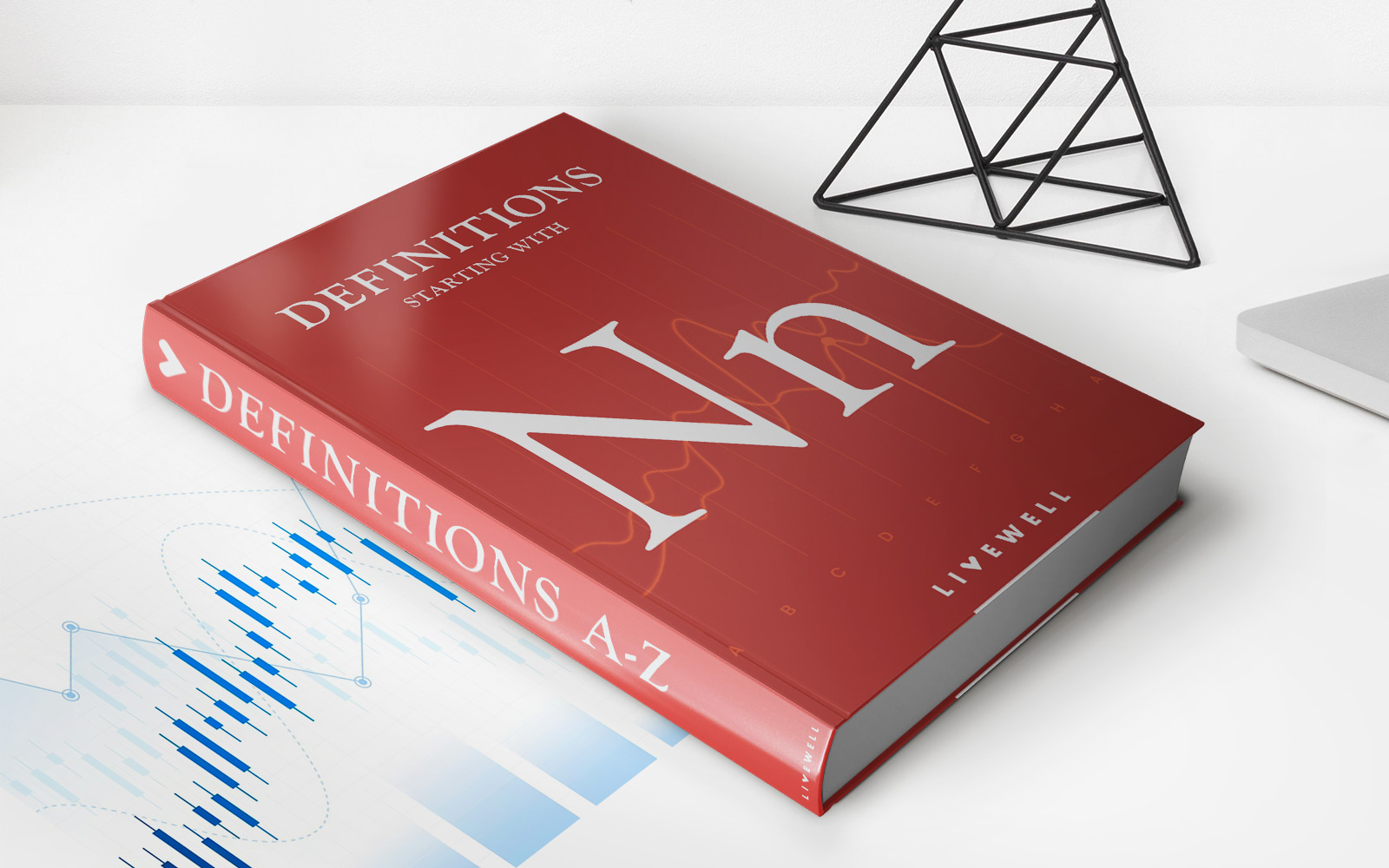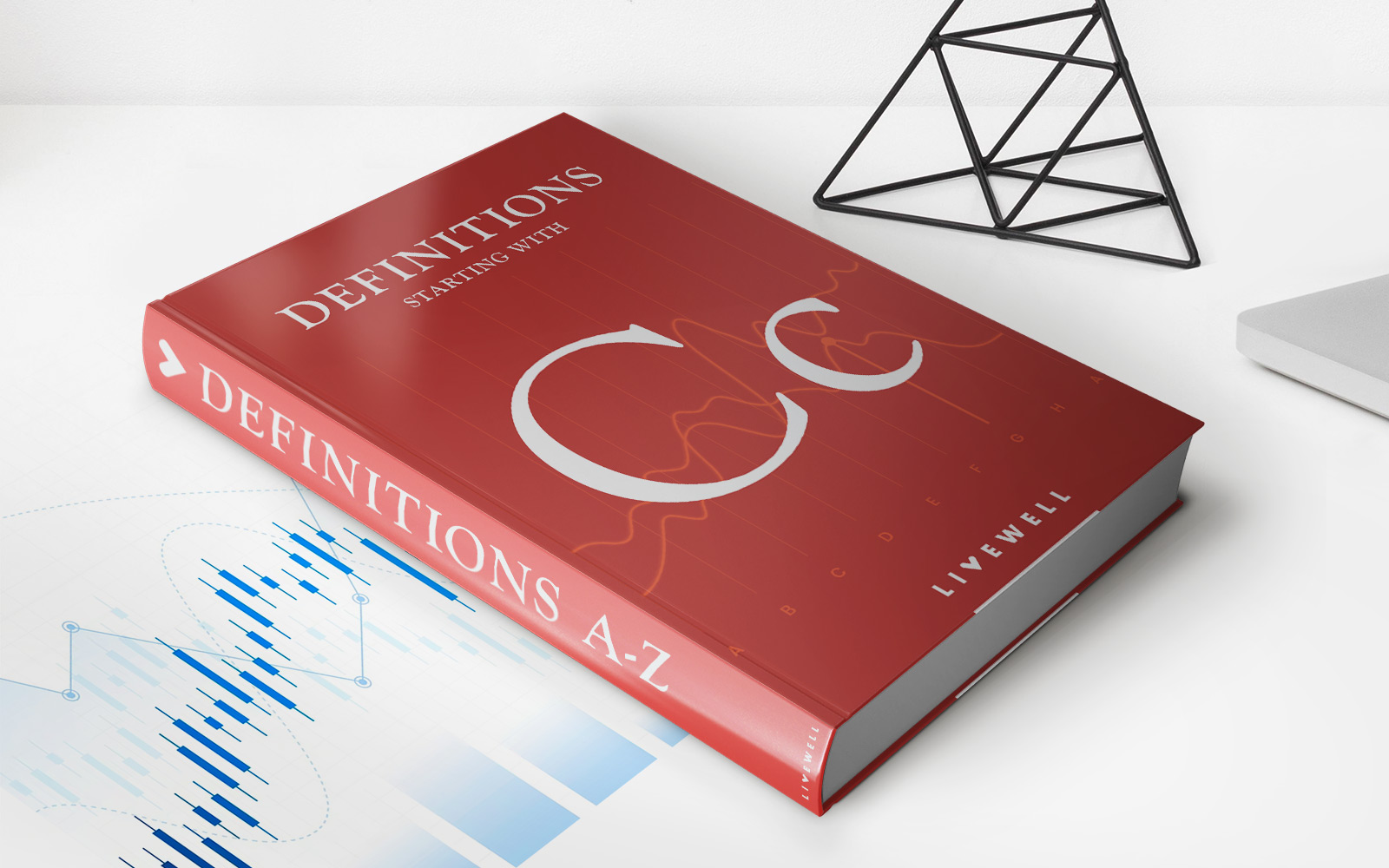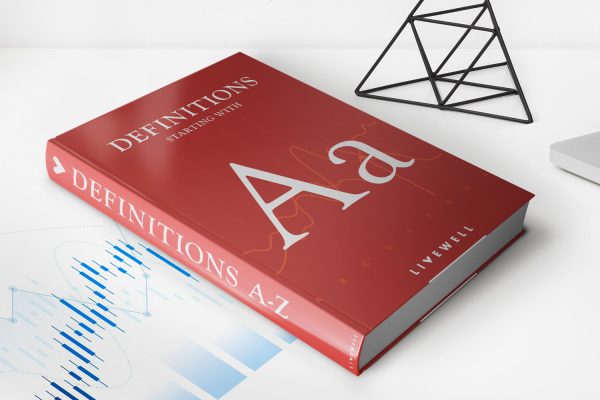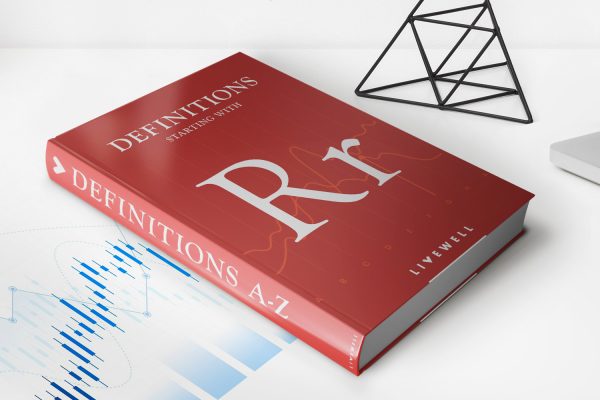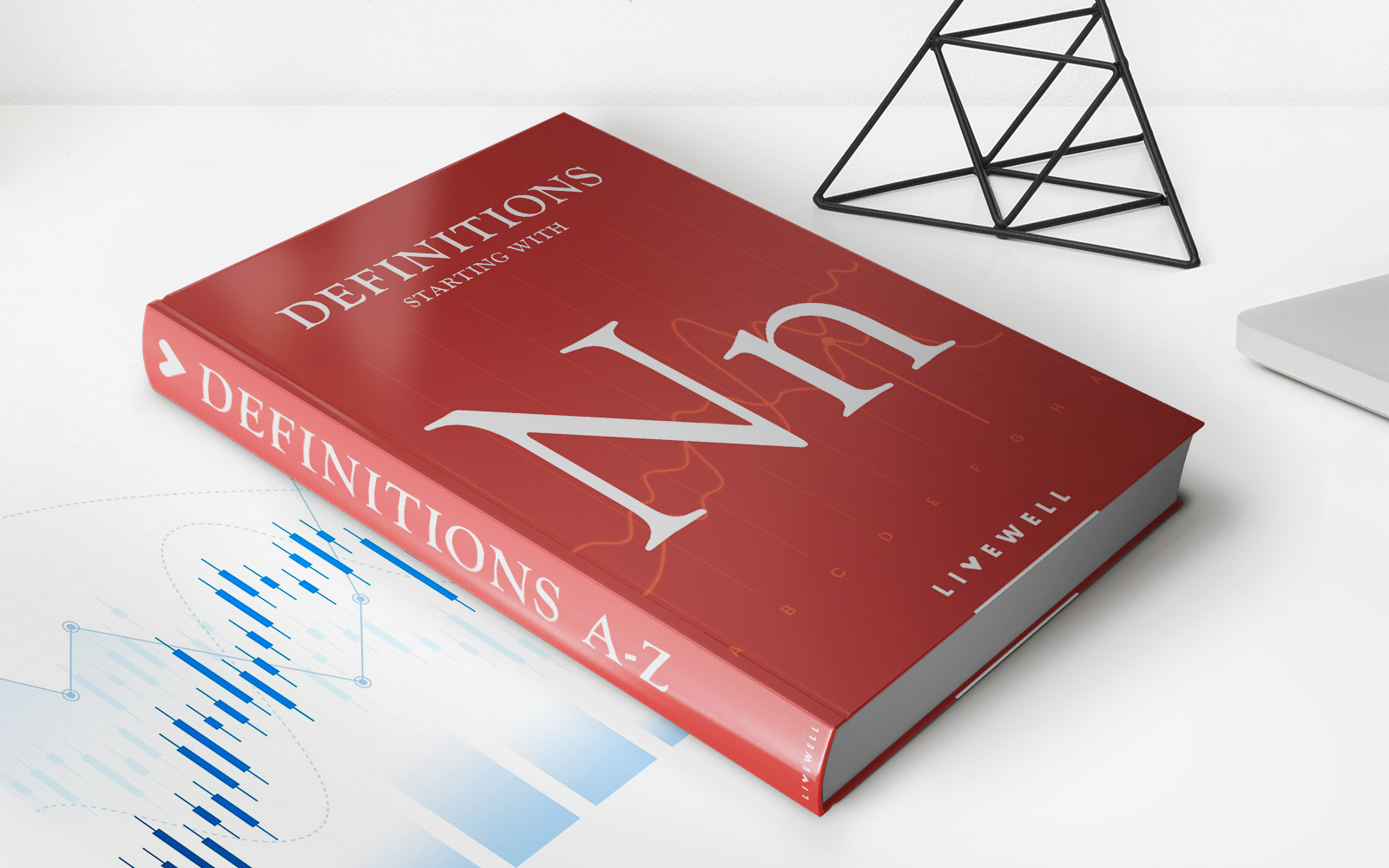Home>Finance>Zone Of Possible Agreement (ZOPA): Definition In Negotiating
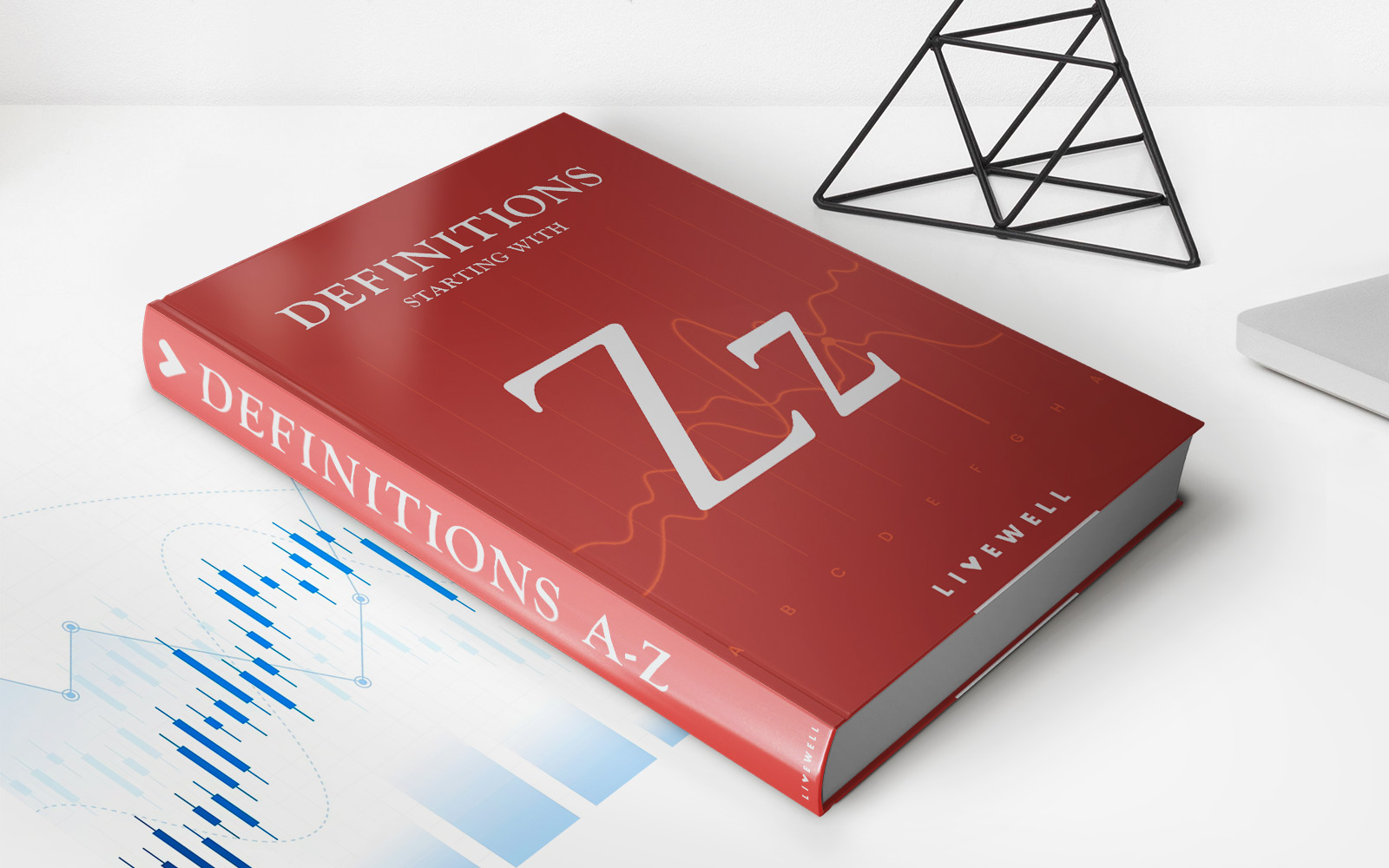

Finance
Zone Of Possible Agreement (ZOPA): Definition In Negotiating
Published: February 20, 2024
Learn about the concept of Zone Of Possible Agreement (ZOPA) in finance negotiations and understand its definition and use cases.
(Many of the links in this article redirect to a specific reviewed product. Your purchase of these products through affiliate links helps to generate commission for LiveWell, at no extra cost. Learn more)
Understanding the Zone of Possible Agreement (ZOPA) in Negotiating
Negotiating can be a complex process, requiring effective communication and strategic decision-making. One important concept that plays a crucial role in negotiations is the Zone of Possible Agreement, commonly referred to as ZOPA. In this article, we will delve into the definition of ZOPA and its significance in the world of finance.
Key Takeaways:
- ZOPA stands for the Zone of Possible Agreement, which is the range between the buyer’s reservation point and the seller’s reservation point in a negotiation.
- Understanding and identifying the ZOPA is crucial for successful negotiations as it helps determine the potential common ground between parties.
So, what exactly is the Zone of Possible Agreement? In simple terms, the ZOPA refers to the range or area within which an agreement can be reached between two parties in a negotiation. It is the overlap between the buyer’s and the seller’s acceptable price or terms.
Imagine you are negotiating the price of a car with a seller. The seller’s minimum price (the lowest they are willing to sell the car for) is $10,000, while your maximum price (the highest you are willing to pay) is $15,000. The ZOPA in this scenario would be the range between $10,000 and $15,000. Any price within this range would be considered a potential agreement that satisfies both parties.
Identifying the ZOPA is essential because it helps negotiators determine the potential common ground between them. If the buyer’s and the seller’s positions overlap within the ZOPA, there is a high chance of reaching a mutually beneficial agreement. However, if the positions do not overlap, it may be challenging to find a solution that satisfies both parties.
Here are two key takeaways regarding the ZOPA in negotiating:
- The ZOPA is not fixed and can change throughout the negotiation process. It can be influenced by various factors such as market conditions, bargaining power, and interests of the parties involved.
- Effective communication and information sharing are crucial in uncovering the ZOPA. By understanding each other’s needs, priorities, and constraints, negotiators can better explore potential agreements within the ZOPA.
When it comes to finance, negotiations are a common occurrence. Whether you are negotiating a business deal, loan terms, or investment terms, having a clear understanding of the Zone of Possible Agreement can greatly impact the outcome of the negotiation.
In conclusion, the Zone of Possible Agreement (ZOPA) is a vital concept in negotiations. It represents the range within which mutually beneficial agreements can be reached between the parties involved. By recognizing and leveraging the ZOPA, negotiators can maximize the chances of achieving satisfactory outcomes and ensuring successful financial transactions.


